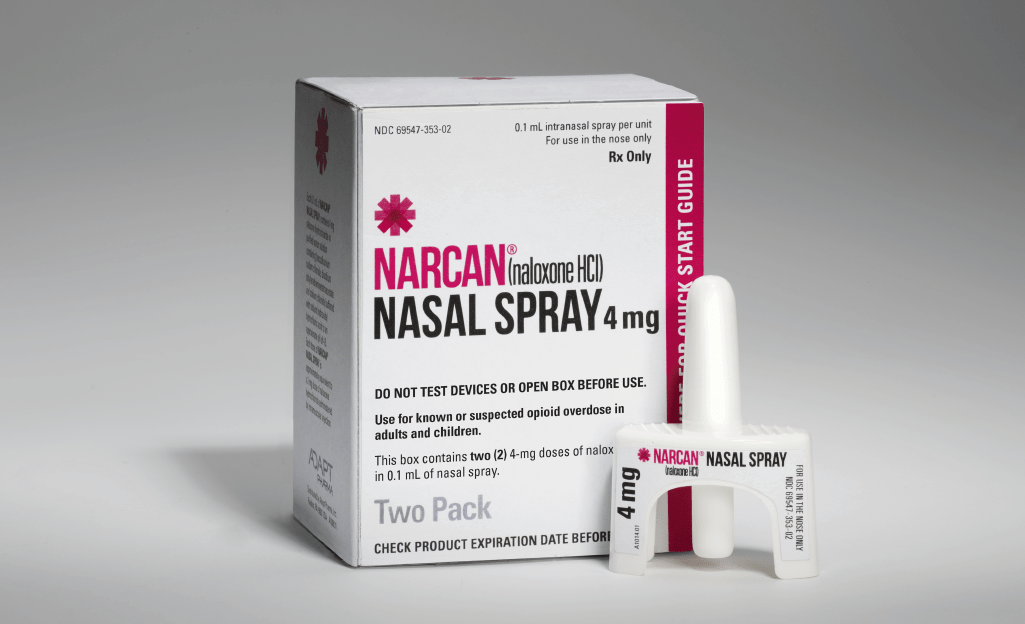It has been noted that the opioid crisis, which is the result of the misuse of opioids from either medical prescriptions or illegal sources, rose slowly in the late 1990s but in more recent years has risen dramatically due to the increase in accessibility. It was said to have started with the approval of Purdue Pharma’s Oxycontin, but more recently Duragesic and Nucynta are also under review. Even though the crisis has an effect worldwide, it is in the US where the highest amount of individuals, more than 100 people a day, are dying due to opioid overdose. The FDA has called it the biggest crisis facing public health officials in the US.
We have been using CREATION Pinpoint to track the online conversations of healthcare professionals (HCPs) relating to the crisis, and saw a significant increase in August. With the news of the court case involving Johnson & Johnson regarding the opioid crisis, there was a 119% rise of HCP posts compared with the previous week.

As HCPs discussed the opioid crisis, a question emerged in the conversation; has the increased availability of, and ease of access to, naloxone (Narcan) had an impact on the opioid crisis? Naloxone is a reversal drug that temporarily blocks opioids from attaching to the receptors. This drug can be administered either by injection or by nasal spray.
When analysing the positive impact that naloxone has had on the opioid crisis, HCPs were discussing two key points.
1. Naloxone saves lives
HCPs were pleading with their peers and friends to always carry a naloxone kit to be prepared in case they meet someone that has overdosed. Artyom Korenevsky, a pharmacist in Ontario, Canada and Roy Film, a physical therapist in Maryland, USA, among others, shared their desire that everyone should carry naloxone as it saves lives. Some HCPs, such as Rachel Shuster, shared personal stories of how naloxone saved her life.
2. Education of administration and spotting overdoses
Three US HCPs shared a video that shows the ease of naloxone administration by using children to talk through the process. As well as videos, HCPs used pictures to show that they find administering naloxone easy. Jeremiah Escajeda, a Pittsburgh based emergency doctor, lightheartedly suggested that even his cat could do it.
While HCPs were mainly encouraging the use of naloxone, others were seen sharing concerns and seeking their peers’ advice.
Two doctors discussed their patients response to the ease of access to naloxone. Their patients saw naloxone as a safety net if they stopped responding so decided they would try to ‘get higher’ on opioids, not seeing the risks.
Another concern shared by HCPs, is the lack of education for pharmacists and the general public. But Dr Francis Collins, physician and director of the National Institutes of Health (NIH), posted a blog in which he focused on easier access to naloxone, which he stated is linked to fewer opioid deaths. Sharing this blog post, emergency physician Lewis Nelson suggested that education alone is insufficient and that mandating its use will save lives. Dr Nelson’s tweet was highly engaged with by his HCP peers.
With the positive effects that naloxone is having by saving peoples’ lives, the FDA, the government and community groups are working together to make it available to the general public as well as training to administer it. They are even putting naloxone in parks that are in high overdose risk areas.
Overall, HCPs are excited about the effect that naloxone can have; they share stories of why they carry it and plead with their peers and followers to do the same.
As HCPs engage online to solve what might be the single biggest health crisis that the US has faced in recent years, social media is providing them with a powerful tool. They are not only driving policy making conversations but at the same time, taking action on the front lines of patient care.
Header image: VCU Capital News Service | Flickr


